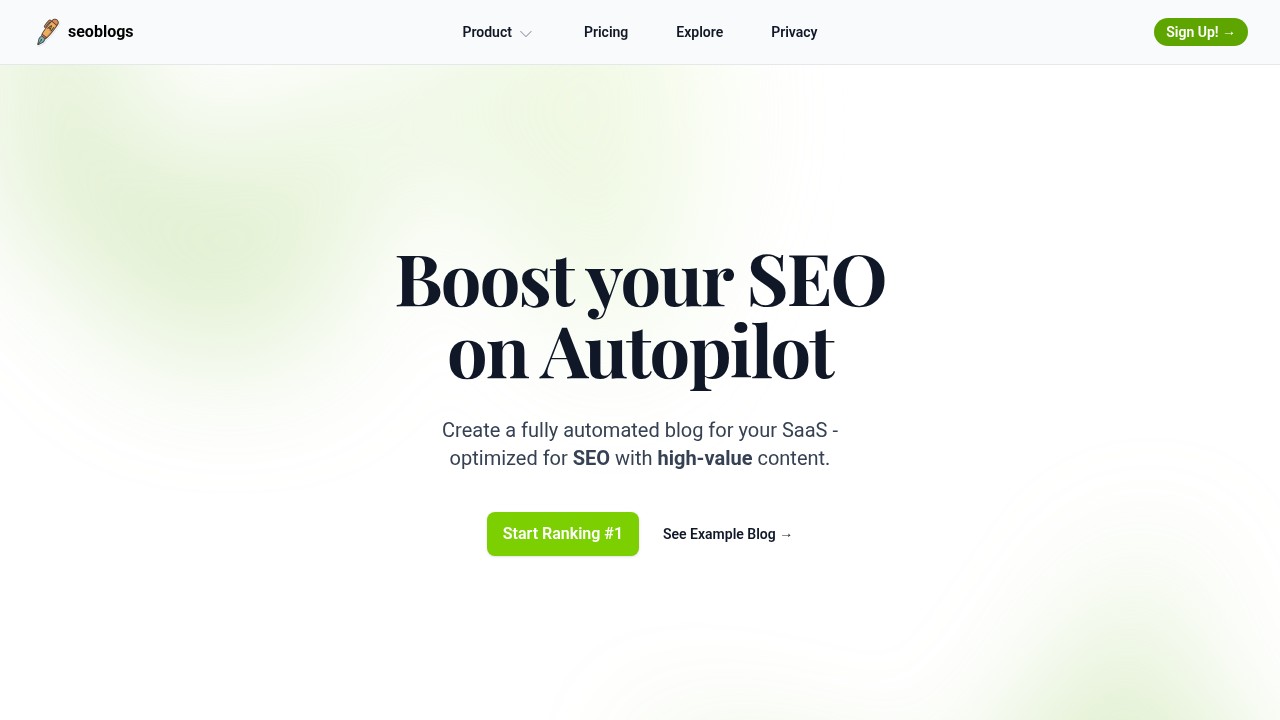What Is Marketing Optimization? A Simple Guide
Marketing optimization simply means making your marketing campaigns better using data. You look at what is working, what is not, and use that to get more results for less effort or cost. But there is a bit more to it, so let’s break it down.
The Basics: What Is Marketing Optimization?
Marketing optimization is the process of improving your campaigns, your website, and your ads by seeing which parts create results and which do not. It could be making small changes like testing headlines in an email or bigger changes like switching your ad budget to where you get more sales. All of this uses data, so you make choices based on facts, not on guesswork.
Why do people care about marketing optimization?
- It saves money by not spending on things that don’t work.
- It increases sales or leads by focusing on what works best.
- It gives you a clear picture of what your audience really wants.
According to Mailchimp’s guide What is Marketing Optimization?, using data and analytics is key, and even simple businesses can use optimization to improve customer experience and ROI.
Main Areas of Marketing Optimization
There are four areas most companies look at when they work on marketing optimization:
1. Audience Segmentation and Targeting
Find out exactly who your best customers are, then focus your marketing efforts toward them. For example, if you see that women aged 25-34 buy your product most, shift your spending and messages toward that group. As said by Improvado in their Marketing Optimization Guide, refining these audience definitions can have a big impact.
2. Budget Allocation
It’s about putting your marketing budget into places that give the best return. If Facebook ads give you more sales than Google, put more budget on Facebook. Optimization means constantly checking these results and shifting funds around.
3. Creative and Content Testing
Try different headlines, emails, or landing pages. Sometimes, changing one word or color can make a difference. Creative testing means you test and measure these changes. You keep what works and ditch what does not.
4. Using Automation and AI
Automation can do some of the work for you. You can use tools to post on social media, send emails, track results, or even generate content. For example, platforms like seoblogs automate blog creation and SEO so busy teams can keep growing online without needing lots of manual labor.
Example: Automated Optimization With seoblogs
A good real-world example of marketing optimization is what seoblogs does for SaaS companies. With traditional marketing, a team has to write the blog posts, optimize them for search, and track their results. That takes a lot of time and sometimes special expertise.
seoblogs removes much of this work. It automatically creates SEO-optimized posts, updates them regularly, and makes sure your blog gets seen by search engines. This is especially helpful for small SaaS businesses or marketing teams with limited time.
Some perks of using a system like this:
- No need for in-depth SEO or content knowledge
- Automatic scaling to more blogs and posts
- Predictable, fixed monthly costs, no surprises
And for those interested in more hands-off ways to boost their SEO, you might like our post: Understanding Auto Optimization for SEO and Content.
How To Start With Marketing Optimization
If you want to begin optimizing your marketing, here are simple steps:
- Track Your Data: Use analytics tools to see what’s working. Google Analytics shows where your website visitors come from and what they do.
- Set Clear Goals: Know what you want (more sales, signups, followers).
- Test Different Ideas: Change headlines, images, or even the length of your campaigns. Measure the results each time.
- Automate Where Possible: Use email automation, social media schedulers or an SEO blog platform like seoblogs to save time.
- Keep Adjusting: Optimization is not a one-time job. It’s ongoing.
Challenges in Marketing Optimization
There are some common problems people face:
- Data is spread over too many places, making it hard to see what is really going on.
- It’s easy to focus too much on one thing (like just ads) and miss bigger opportunities.
- Measuring the true result of all your efforts can be tricky, especially if you have lots of different marketing channels.
Getting over these hurdles is possible by using the right tools and focusing on clear, simple numbers rather than complex reports.
Quick FAQ on Marketing Optimization
What is the main goal of marketing optimization?
To make campaigns cost less and bring in more results, using data to guide changes.
What type of data should I track?
Track things like sales, signups, clicks on ads, or how long people stay on your site.
How often do I need to optimize?
All the time. Optimization is continuous since markets and customer behavior change often.
Is marketing optimization only for digital marketing?
No. You can optimize offline campaigns too, like radio ads or flyers, by tracking the correct data.
Can small businesses do marketing optimization?
Yes, even small businesses can use simple tools and ideas to make their marketing a lot smarter.
If you want more details about making your content SEO-friendly, check out: Search Engine Optimization SEO: Simple Description and Proven Techniques.
Optimization is about small improvements over time that add up to big gains. Start tracking, keep testing, and enjoy the results as your marketing keeps getting better.
